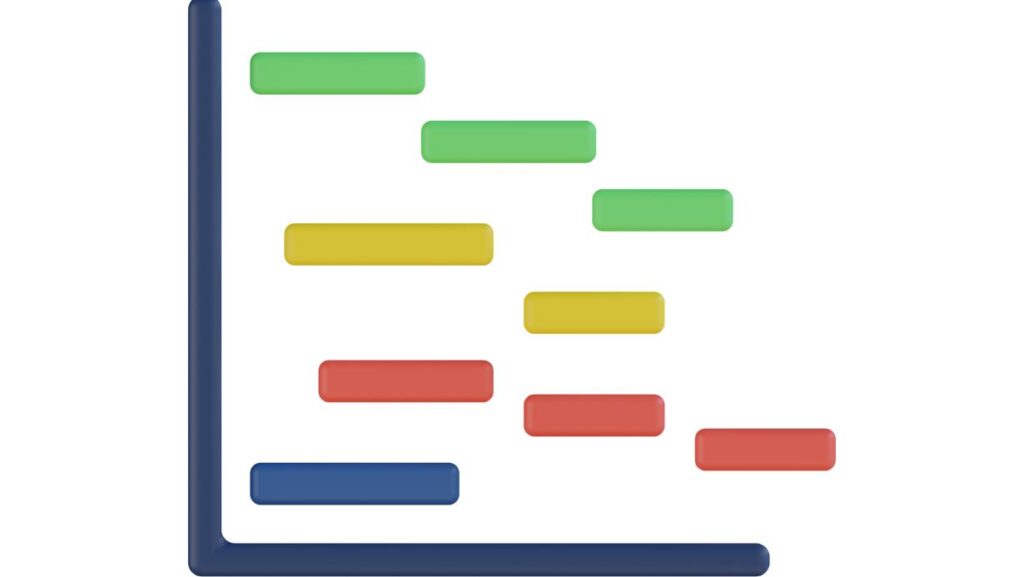Marimekko Charts For Business
Visual representation of data has fascinated humans since the dawn of civilization. Be it cave paintings depicting wildlife and a hunter’s triumph or analytical charts in a modern boardroom that narrates the success story of a business strategy, the core idea remains the same – conveying meaningful information through visual imagery. In the business world, one of the modern and innovative tools to visually interpret data is the Marimekko chart.
Numerous professionals across the globe use this chart to analyze and present their business data, but what makes it so unique and reliable? Let’s decipher the enigma of the Marimekko chart and its contribution to successful business strategies. In this article, we will comprehensively discuss every nuance related to the Marimekko chart, its usage, and how it can help in data interpretation for effective business decision-making.
The Science Behind the Marimekko Charts
To understand the significance of a Marimekko chart in business, we must first grasp the basic science and principle behind it. A Marimekko chart is essentially a two-dimensional stacked chart. It offers a comprehensive display of two sets of information along the two axes. When utilized effectively, a Marimekko chart can provide a sweeping overview of broad data sets, depicting relationships, proportions, and distributions that one can miss in traditional charts.
What sets the Marimekko chart apart is its capacity to represent two variables simultaneously. This dual-attribute nature facilitates exhaustive comparative analysis that can be lacking in single-attribute graphs. Furthermore, the visual clarity makes it easy to spot patterns, trends, and outliers, which is a boon for businesses trying to understand complex data. It is particularly useful when you deal with market segmentation and sales data as it brings forth the magnitudes and relationships that are otherwise hard to interpret.
The principles behind the Marimekko chart tap directly into the field of data visualization. Data visualization aims to aid decision-makers in seeing analytics visually so they can grasp difficult concepts or identify new patterns. In essence, a Marimekko chart fits this field perfectly since it can quickly portray complexities within data in a digestible format. Remarkably, it allows us to take advantage of human visual perception to better understand the data and the story it tells.
Leveraging Marimekko Charts for Business Strategies

One of the main reasons for the widespread usage of the Marimekko chart in business settings is its robust application in strategic planning and performance review. The chart presents an excellent platform to showcase company performance, market segments, and sales data with transparency and clarity that can effectively aid in data-driven decision-making and trend spotting.
For a business strategy to succeed, access to clear, concise, and accurate data analysis is critical. A Marimekko chart could potentially serve this need as it offers robust visualizations of complicated data sets, making data interpretation simpler. The ability of a Marimekko chart to display multiple aspects of numerical data at once makes it a powerful tool when strategizing for growth, identifying risks, or recognizing successful patterns.
The Future of Marimekko in Business
In an era where data is increasingly viewed as a valuable resource, the significance of effective data visualization tools, including Marimekko charts, has escalated indefinitely. This genre of charts, housing the capability to represent multiple sets of complex data simultaneously, is likely to secure a favored position in the arsenal of business analytics tools.
As businesses face larger and more complex data sets, there will be a surge in the demand for charts that are both informative and easily interpretable. Marimekko charts, with their dual-variable display capability, are poised to emerge as a ‘go-to’ tool for companies seeking comprehensive data analysis.
Furthermore, the evolution of analytical software that leverages artificial intelligence (AI) will transform how we create and interpret Marimekko charts. With AI-infused tools, the creation process could become automated, and chart interpretation could be enriched with advanced predictive analysis. As we move further into the data-driven era, we can expect more innovative uses and developments in the realm of Marimekko charts.
Altogether, a Marimekko chart serves as a versatile tool in business, whether you’re looking at the marketing department, the strategy planning cell, or the sales review board. By understanding its structure and interpretation, businesses can harness its power to unlock hidden insights from their data.
See Also: CRM for Business Growth: 12 Proven Strategies to Scale Up









